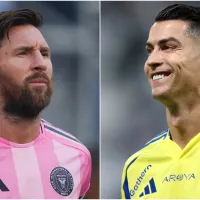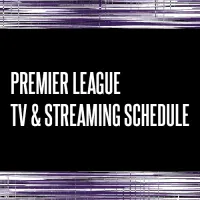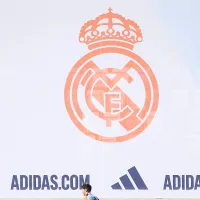The recent talk about the creation of a European Super League in soccer mirrors European basketball over the last two decades.
Real Madrid, Barcelona, Juventus and other clubs continue to pioneer the plan for the competition. In that case, European soccer could very easily wind up with the same look as basketball in Europe. It is not entirely a pretty picture.
Here is a look at basketball’s structure in Europe with a brief history of how we got to this point:
Today’s European basketball structure
Currently, there are four continental competitions for basketball in Europe.
- EuroLeague (18 teams)
- EuroCup (20 teams)
- Champions League (52 teams)
- Europe Cup (47 teams)
The first two competitions, EuroLeague & EuroCup are controlled by EuroLeague Basketball. Meanwhile, FIBA Europe controls the other two. There are, of course, national leagues, domestic cup competitions and regional leagues, too.
But, for the purposes of comparing how a future structure of European soccer may look, let’s concentrate on the four continental competitions.
How did we get here
The top of the basketball pyramid is FIBA. It is the equivalent of FIFA in soccer. FIBA EUROPE is the arm of FIBA that regulates the game in Europe. Think UEFA overseeing European soccer as a connection to FIFA. FIBA originally established the FIBA European Champions Cup in 1958. In 1996, this competition took on the name EuroLeague in 1996.
After the 1999-2000 season, nine clubs broke away from FIBA to create a new league. To add insult to injury for FIBA, they never trademarked the name EuroLeague. The breakaway league quickly adopted this name.
The reason for the breakaway is exactly that which we are witnessing today in European soccer. Select teams brought in more money, and they wanted assurances that they could be in a top, money-making competition without relying on qualifying through league position. Two of those members align with the European Super League in soccer, Real Madrid and Barcelona.
What followed for the next 2 decades was threats, sanctions and a division of basketball that left fans confused, angry & many never returning to the arenas they once occupied.
EuroLeague Today
Today’s EuroLeague operates under the ULEB umbrella, originally formed in 1991 by French, Italian & Spanish clubs. It is very similar to the European Club Association. Juventus chairman Andrea Agnelli was the President of the ECA, and he was a leading proponent of the European Super League.
The EuroLeague has 18 teams, 12 of which have long term licenses. The other six work under one- and two-year licenses. It’s become a complicated semi-closed league structure today. It even introduced a promotion/relegation system.
In 2002, ‘EuroLeague Basketball’ created a new competition called the ULEB Cup, now known as the EuroCup. The top 2 teams each season in the EuroCup are given one-year licenses to compete in the EuroLeague, thus creating a promotion/relegation system.
As for FIBA, they operate 2 European competitions which have now been named ‘Champions League’ and ‘Europe Cup.’
The two FIBA competitions are well below in quality to the two ULEB competitions, attracting only lower-tiered clubs. International dates for national competitions come into dispute as well. The European competitions alongside national championships & domestic cup competitions make for crowded calendars.
Is European soccer following its basketball counterpart?
Understanding what has transpired in basketball in Europe creates a lot of clarity to the battle going on right now in European soccer. ‘FIBA Europe’ got relegated to second-class citizenship compared to Euroleague Basketball when it comes to club play.
Certainly, UEFA would face the same fate in soccer. At best, UEFA’s top competition would be at the level of today’s Europa Conference League in the event of a Super League. At first, they would have a good selection of clubs to still choose from, if say, 18 clubs broke away.
As we see in basketball, it’s not just a club competition that gets created. Rather, it is a new type of ‘federation.’ There is a simple promise of promotion to the Super League. Many clubs just outside of the elite group would clamor to start a new competition under the Super League umbrella. That would leave UEFA with a poor selection of clubs for it’s own competitions. More importantly, this new competition would sap all the TV revenue away from UEFA.
Basketball’s schedule is manageable. Teams play 3-4 games per week. Using that structure for soccer, where teams max out at two games per week, is a huge problem.
The future of soccer
There are two options if soccer goes down this path of European basketball.
One, UEFA’s new structured Champions League format (starting in 2024-25 season) could be enough to appease the top clubs to stay with UEFA. Option two, is very much what we have seen in European basketball. A creation of de facto two ruling bodies.
The new Champions League format could buy UEFA a few more seasons. However, based on spending of clubs in the modern era as well as the ownership changes with little regard for tradition, European soccer may be unrecognizable in 10 years by today’s fans.














